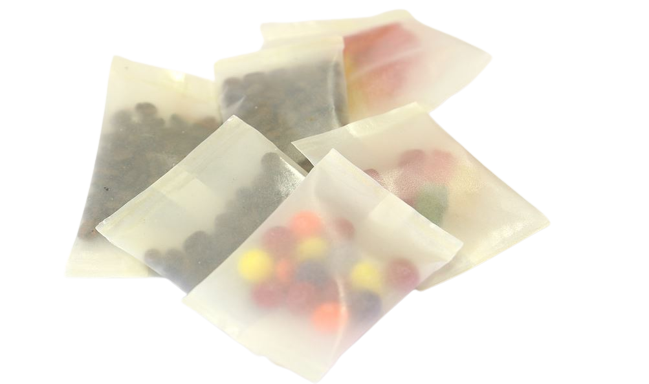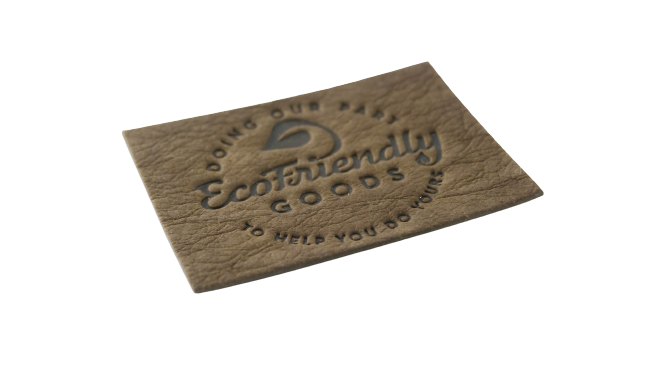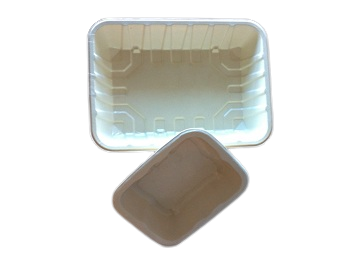Cellulose Cushioning
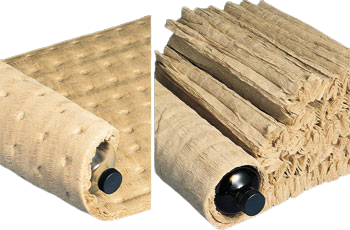
Cellulose Cushioning
Cellulose cushioning is a sustainable alternative to plastic bubble wrap. It is made from renewable cellulose fibers, biodegradable, and provides protective padding for packaging.
 Carbon Footprint: 850 to 1,400 kg CO2e per tonne*
Carbon Footprint: 850 to 1,400 kg CO2e per tonne*
 Time to decompose : a few weeks in facility
Time to decompose : a few weeks in facility
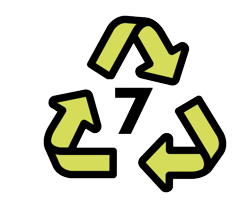 Recyclability : 2 to 3 times
Recyclability : 2 to 3 times
 Price Range : $ 0.20 to 0.40*
Price Range : $ 0.20 to 0.40*
Key features
| Features | Description |
|---|---|
| Material | Cellulose fibers |
| Sustainability | Made from renewable and biodegradable cellulose sources |
| Biodegradability | Naturally breaks down into organic matter over time |
| Shock Absorption | Provides excellent cushioning and protection for fragile items |
| Lightweight | Easy to handle and reduces shipping costs |
| Customizability | Can be tailored to fit different packaging needs |
| Versatility | Suitable for a wide range of products and packaging applications |
| Eco-Friendly | Reduces reliance on plastic-based cushioning materials |
| Renewable Resource | Derived from sustainable cellulose fibers |
| Space Efficiency | Efficiently fills voids and maximizes package space |
| Ease of Disposal | Can be disposed of easily and is compostable |
| Recyclability | Can be recycled in certain recycling systems |
Specification
- Material : Cellulose fibers
- Sustainability : Made from renewable and biodegradable cellulose sources
- Biodegradability : Naturally breaks down into organic matter over time
- Shock Absorption : Provides excellent cushioning and protection for fragile items
- Lightweight : Easy to handle and reduces shipping costs
- Customizability : Can be tailored to fit different packaging needs
- Versatility : Suitable for a wide range of products and packaging applications
- Product Compatibility : Safe to use with various types of items
- Space Efficiency : Efficiently fills voids and maximizes package space
- Moisture Resistance : Offers protection against moisture and humidity
- Heat Insulation : Provides insulation against temperature changes
- Eco-Friendly : Reduces reliance on plastic-based cushioning materials
- Renewable Resource : Derived from sustainable cellulose fibers
- Ease of Disposal : Can be disposed of easily and is compostable
- Recyclability : Can be recycled in certain recycling systems
Related Products
FAQ's
- Q1: What is cellulose cushioning made of?
- A1: Cellulose cushioning is made from renewable cellulose fibers, typically derived from sustainable sources like wood or plants.
- Q2: Is cellulose cushioning sustainable?
- A2: Absolutely! Cellulose cushioning is sustainable as it is made from renewable and biodegradable cellulose sources.
- Q3: Is cellulose cushioning biodegradable?
- A3: Yes, cellulose cushioning is biodegradable and naturally breaks down into organic matter over time.
- Q4: What kind of products is cellulose cushioning suitable for?
- A4: Cellulose cushioning is suitable for a wide range of products, providing excellent cushioning and protection for fragile items.
- Q5: Can cellulose cushioning be recycled?
- A5: Cellulose cushioning can be recycled in certain recycling systems, promoting a circular economy for packaging materials.


